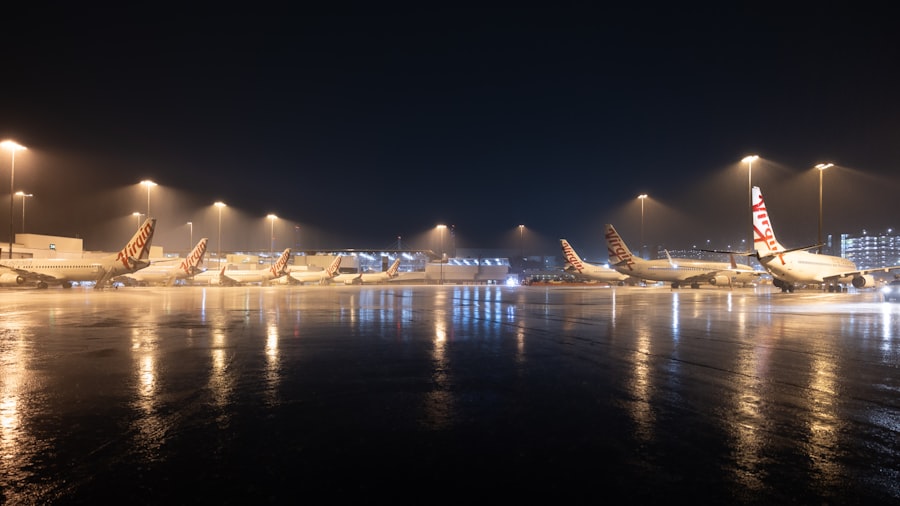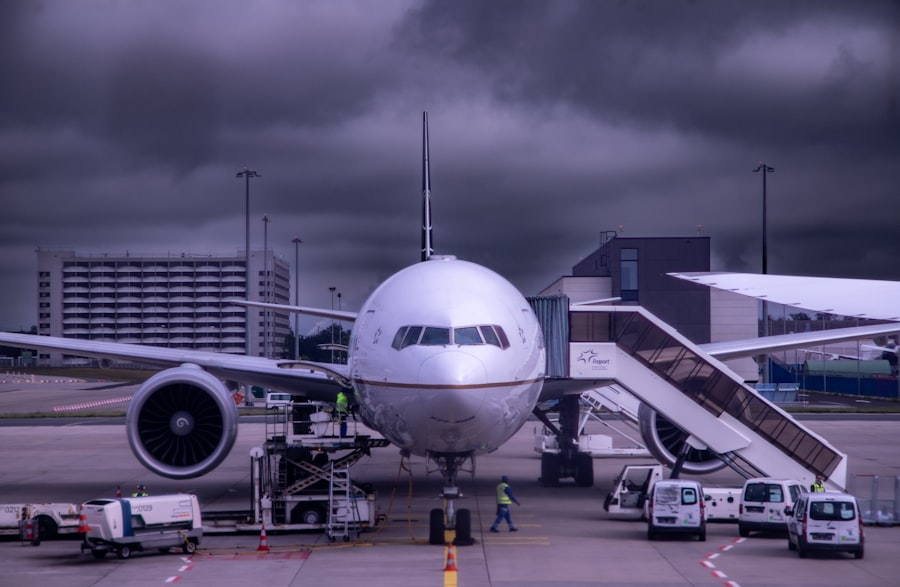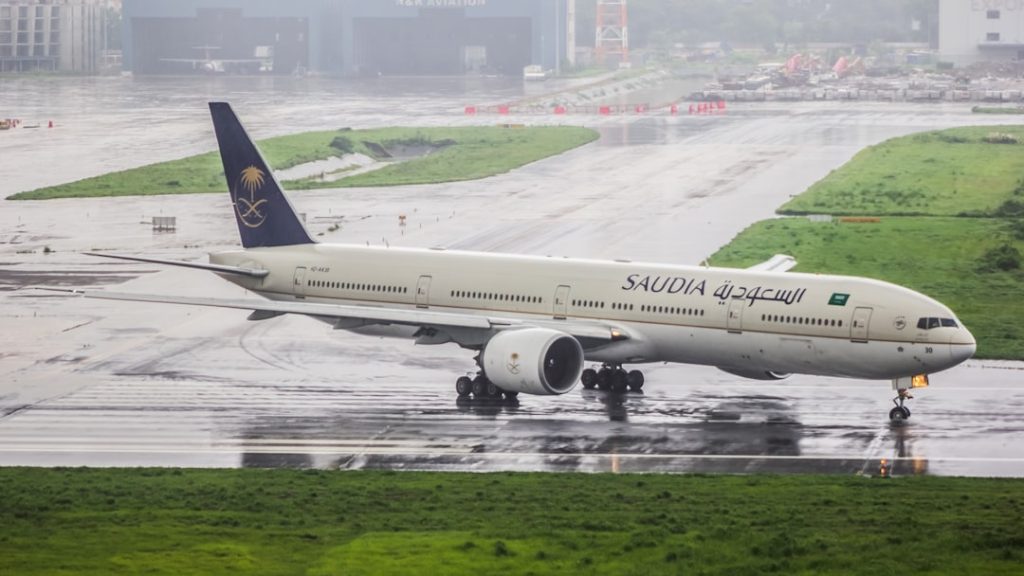Aviation weather encompasses the atmospheric conditions that affect flight operations, including temperature, wind, precipitation, visibility, and cloud cover. Understanding these elements is crucial for pilots, air traffic controllers, and meteorologists alike, as they directly influence flight safety and efficiency. Weather phenomena can vary significantly across different geographical regions and altitudes, making it essential for aviation professionals to have a comprehensive grasp of meteorological principles.
For instance, the presence of a cold front can lead to sudden changes in wind direction and speed, which can be particularly hazardous during takeoff and landing phases. The aviation industry relies heavily on accurate weather data to ensure safe operations. This data is collected from various sources, including ground-based weather stations, satellites, and radar systems.
The integration of this information into flight planning and real-time decision-making processes is vital. Pilots must be adept at interpreting weather reports and forecasts to anticipate potential challenges during their flights. Moreover, the dynamic nature of weather means that conditions can change rapidly, necessitating continuous monitoring and assessment throughout the flight.
Key Takeaways
- Aviation weather involves the study of atmospheric conditions and their impact on flight operations.
- Pilots need to understand weather patterns and systems to make informed decisions about flight routes and safety.
- Interpreting weather forecasts and reports is crucial for planning and executing safe flights.
- Weather can have a significant impact on flight operations, including delays, diversions, and turbulence.
- Pilots can use various tools and resources to monitor aviation weather and make real-time decisions during flight.
Understanding Weather Patterns and Systems
Weather patterns are the result of complex interactions between atmospheric elements, including temperature gradients, pressure systems, and moisture levels. These interactions give rise to various weather systems, such as high-pressure systems that typically bring clear skies and calm conditions, and low-pressure systems that can lead to stormy weather. For example, a low-pressure system can create instability in the atmosphere, resulting in thunderstorms that pose significant risks to aviation.
Understanding these systems is crucial for pilots as they navigate through different airspaces. Meteorologists categorize weather patterns into several types, including frontal systems, cyclones, and anticyclones. A cold front, for instance, occurs when a mass of cold air pushes into a region occupied by warmer air, often leading to abrupt weather changes.
Pilots must be aware of these fronts as they can cause turbulence and reduced visibility. Similarly, warm fronts can bring gradual changes in weather but may also lead to low cloud cover and precipitation. Recognizing these patterns allows pilots to make informed decisions about their flight routes and altitudes.
Interpreting Weather Forecasts and Reports

Weather forecasts and reports are essential tools for pilots in planning their flights. These documents provide critical information about expected weather conditions along the flight path, including wind speeds, cloud cover, precipitation chances, and visibility. Pilots must be skilled in interpreting these reports to assess whether conditions are suitable for safe flight operations.
For instance, a Terminal Aerodrome Forecast (TAF) provides specific weather predictions for airports over a 24-hour period, detailing expected changes in conditions that could impact takeoff and landing. In addition to TAFs, pilots also rely on METAR reports, which offer real-time observations of weather conditions at airports. These reports include data on temperature, dew point, wind direction and speed, visibility, and significant weather phenomena such as rain or snow.
Understanding the format and terminology used in these reports is crucial for pilots to quickly assess the current situation. For example, a METAR report indicating “BKN” (broken clouds) at 2,500 feet may suggest that pilots should prepare for potential cloud cover during their approach.
The Impact of Weather on Flight Operations
| Weather Condition | Impact on Flight Operations |
|---|---|
| Clear skies | No impact |
| Fog | Delays and reduced visibility |
| Thunderstorms | Flight cancellations and diversions |
| Strong winds | Difficulty in takeoff and landing |
| Heavy snow | Grounding of flights and airport closures |
Weather has a profound impact on various aspects of flight operations, influencing everything from flight planning to in-flight performance. Adverse weather conditions can lead to delays, diversions, or even cancellations of flights. For instance, heavy snowfall can create hazardous runway conditions, necessitating de-icing procedures before takeoff.
Similarly, thunderstorms can lead to significant turbulence and lightning hazards that require pilots to alter their flight paths to ensure safety. Moreover, weather conditions can affect aircraft performance parameters such as lift and drag. High temperatures can reduce engine efficiency and increase takeoff distances, while strong headwinds can impede an aircraft’s speed during ascent.
Conversely, tailwinds can enhance performance but may also complicate landing approaches if not properly accounted for. Pilots must consider these factors when calculating fuel requirements and determining optimal altitudes for their flights.
Tools and Resources for Monitoring Aviation Weather
A variety of tools and resources are available to aviation professionals for monitoring weather conditions effectively. One of the most widely used resources is the National Weather Service (NWS), which provides comprehensive forecasts and alerts for severe weather events that could impact aviation operations. Additionally, many countries have their own meteorological agencies that offer localized data tailored to the needs of pilots.
Technological advancements have also led to the development of sophisticated software applications that aggregate weather data from multiple sources. These applications provide real-time updates on changing conditions and allow pilots to visualize weather patterns through interactive maps. For example, radar imagery can help pilots identify areas of precipitation or turbulence along their flight path.
Furthermore, mobile applications designed specifically for aviators enable quick access to essential weather information while in-flight or on the ground.
Weather Hazards and Safety Precautions for Pilots

Pilots face numerous weather-related hazards that can jeopardize flight safety if not properly managed. One of the most significant threats is turbulence, which can occur unexpectedly due to atmospheric instability or terrain effects. Clear Air Turbulence (CAT), for instance, is particularly challenging as it occurs in clear skies without any visual cues.
Pilots are trained to recognize signs of potential turbulence and adjust their altitude or flight path accordingly. Another critical hazard is icing, which can form on aircraft surfaces when flying through clouds containing supercooled water droplets. Ice accumulation can adversely affect an aircraft’s aerodynamics and increase weight, leading to potential loss of control.
To mitigate this risk, pilots must be familiar with anti-icing procedures and ensure that their aircraft are equipped with de-icing systems when flying in icy conditions. Additionally, understanding the limitations of these systems is essential for maintaining safety during adverse weather encounters.
Adapting to Changing Weather Conditions in Flight
The ability to adapt to changing weather conditions during flight is a vital skill for pilots. Weather can shift rapidly due to various factors such as terrain influences or the movement of weather systems. Pilots must remain vigilant and continuously monitor updates from air traffic control and onboard weather radar systems to stay informed about any changes that may affect their flight.
In-flight decision-making often involves assessing whether to continue on the planned route or divert to an alternate airport due to deteriorating conditions. For example, if a pilot encounters unexpected thunderstorms along their route, they may need to alter their altitude or change course entirely to avoid severe turbulence or lightning strikes. This adaptability requires not only technical knowledge but also strong situational awareness and communication skills with air traffic control.
The Role of Aviation Weather in Flight Planning and Decision Making
Aviation weather plays a pivotal role in flight planning and decision-making processes. Before embarking on a flight, pilots conduct thorough pre-flight briefings that include an analysis of current and forecasted weather conditions along their intended route. This analysis helps them identify potential hazards such as thunderstorms or low visibility areas that could impact their journey.
Moreover, effective flight planning involves considering alternate routes or airports in case of adverse weather developments during the flight. For instance, if a pilot anticipates encountering fog at their destination airport based on TAF reports, they may choose to plan for an alternate airport with better visibility conditions. This proactive approach not only enhances safety but also ensures that flights remain efficient despite changing weather scenarios.
In conclusion, aviation weather is a multifaceted field that requires a deep understanding of meteorological principles and their implications for flight operations. From interpreting forecasts to adapting in-flight strategies based on real-time data, pilots must be equipped with the knowledge and tools necessary to navigate the complexities of aviation weather effectively. As technology continues to evolve, so too will the resources available for monitoring and responding to weather-related challenges in aviation.


